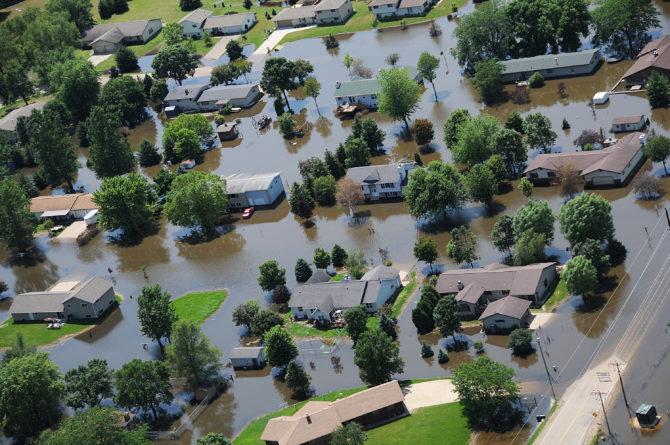
An important component of promoting flood insurance is dispelling the myths that persist about it. Below are a few of the most salient misunderstandings about flood insurance and some straightforward explanations of what is really true. Your community may find it helpful to use the linked materials to address mistaken beliefs among your residents.
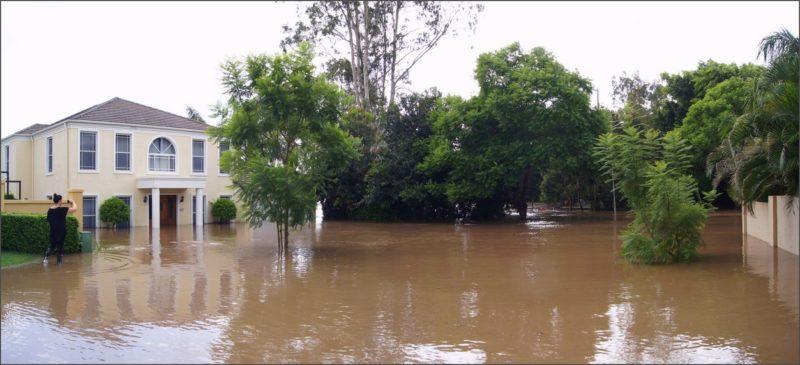
MYTH My homeowner’s insurance covers flooding.
This may be the most prevalent misinformation of all. In fact, almost no homeowner’s insurance policies cover flood damage. That is why the federal government created the National Flood Insurance Program (NFIP). Flood insurance is sold as a separate policy, so even if a person’s regular agent doesn’t handle flood insurance, it can be obtained from another agent who serves that area. To find one, people can contact the NFIP call center at 800-427-4661 or www.FloodSmart.gov. Communities can distribute FEMA’s palm card, “Your Homeowners Insurance Does Not Cover Flooding.” One flood survivor who had that separate policy and was glad he did tells about it in a one minute video from FEMA.
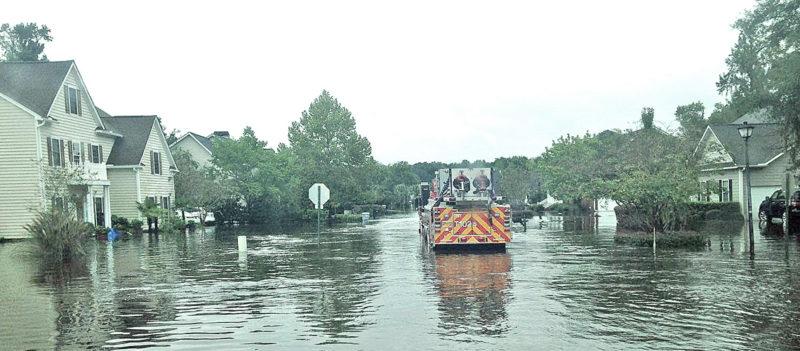
MYTH I don’t need flood insurance, because I’m not in a high-risk zone.
The reality is that it can flood almost anywhere, and it doesn’t take much water to cause expensive damage. In fact, about 1/3 of all flood disaster assistance and 1/3 of all flood insurance claims payments go to people who have been flooded even though they were outside of the mapped high-risk zone (Special Flood Hazard Area). With a changing climate, scientists say that extreme weather events—like the tremendous rain that accompanied hurricanes last summer and caused localized flooding—will be more likely in the future. So living in a location that so far has been thought to be at low risk does not mean that is safe now. Why Do I Need Flood Insurance? helps people understand the need for flood coverage. Know Your Risk focuses on the potential for flooding in low-lying coastal areas. A one-minute video from FEMA tells the story of a family who were relieved that they had bought flood insurance even though they had already been through hurricanes without sustaining damage.
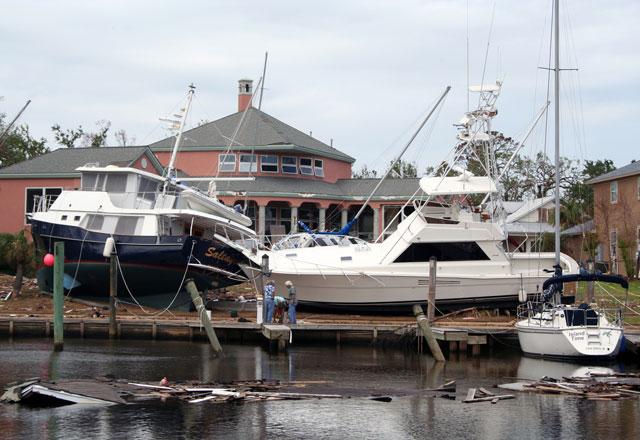
MYTH I can’t get flood insurance, because I’m not in a high-risk zone.
Virtually anyone who lives in or owns property in an NFIP-participating community can buy flood insurance for a residential building, business, condo, or apartment, and the contents can be insured as well (or instead). Flood insurance through the NFIP has never been restricted to people located in the high-risk zone (Special Flood Hazard Area). In fact, for people outside the high-risk zone, flood insurance is an even better deal, because the premiums are lower. An overview of the availability, coverage, and costs of flood insurance in clear language and with sources of more information can be found on the FloodSmart website. Communities can also use the brochure about the preferred risk policy for low-hazard areas.
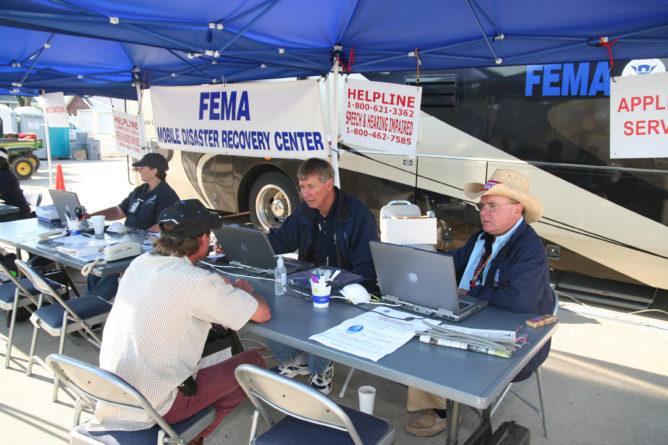
MYTH I don’t need flood insurance because FEMA gives disaster assistance.
The truth is that FEMA can only provide disaster assistance when the president issues a disaster declaration—this happens for less than half of all floods. Even if there is a disaster declaration, FEMA can only provide small grants, not enough to cover all losses and certainly not enough to rebuild. For example, in Hurricane Harvey the average individual grant FEMA distributed was only $7,000. Most other federal disaster assistance comes in the form of loans, which much be repaid. By contrast, in Hurricane Harvey, the average NFIP claim payment was over $100,000—that’s a payment from the insurance policy and of course never has to be repaid. And, a flood insurance policy pays for any covered damage, even if it results from a small (not disastrous) flood. Use the two-page handout, “The Benefits of Flood Insurance vs. Disaster Assistance,” to compare the two.

